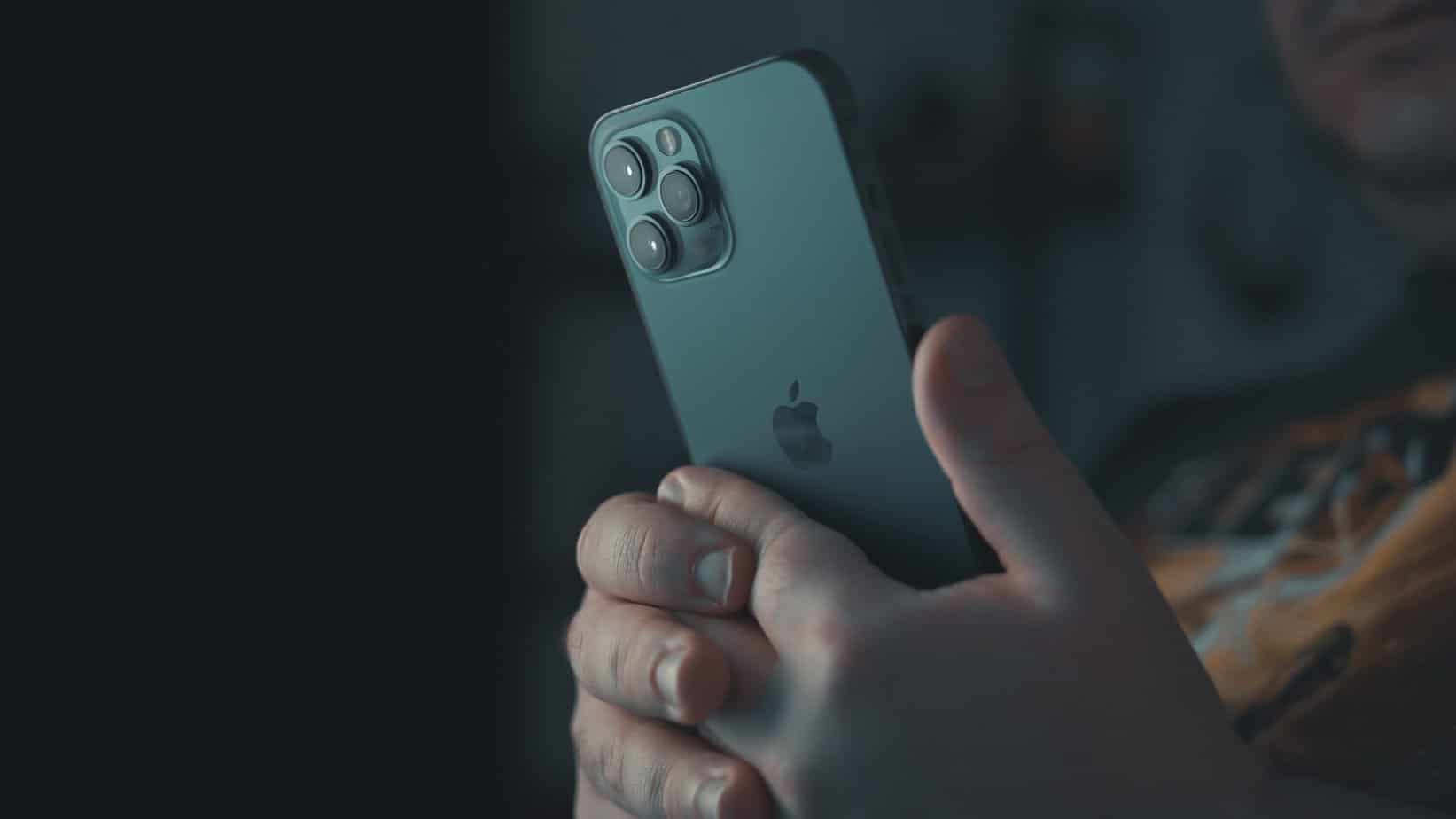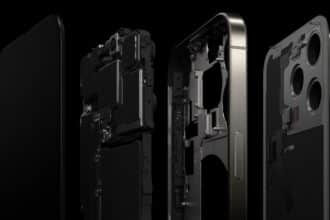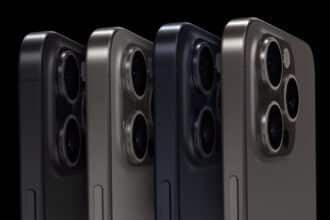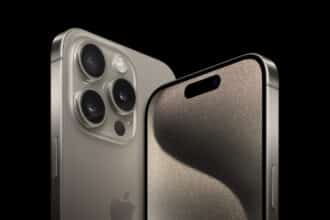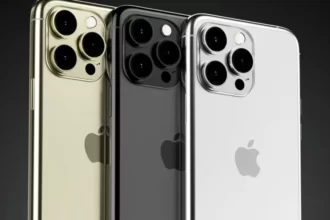It’s been a while since Apple decided to remove the goated headphone jack from its mobile ecosystem. While that change has been rather hard to navigate for its users, multiple alternatives have taken its place. However, you would still go through a world of pain to connect USB C headphones to your iPhone since there’s no relevant port for it.
Fortunately, connectors exist; and while the complicated net of wires isn’t very appealing to look at, it does get the job done. However, converting from one medium to another ought to have its consequences. So is using a connector really the prime how-to for making your USB C headphones connect with an iPhone? Let’s find out!
USB C To Lightning Conversion: What’s The Secret Sauce?
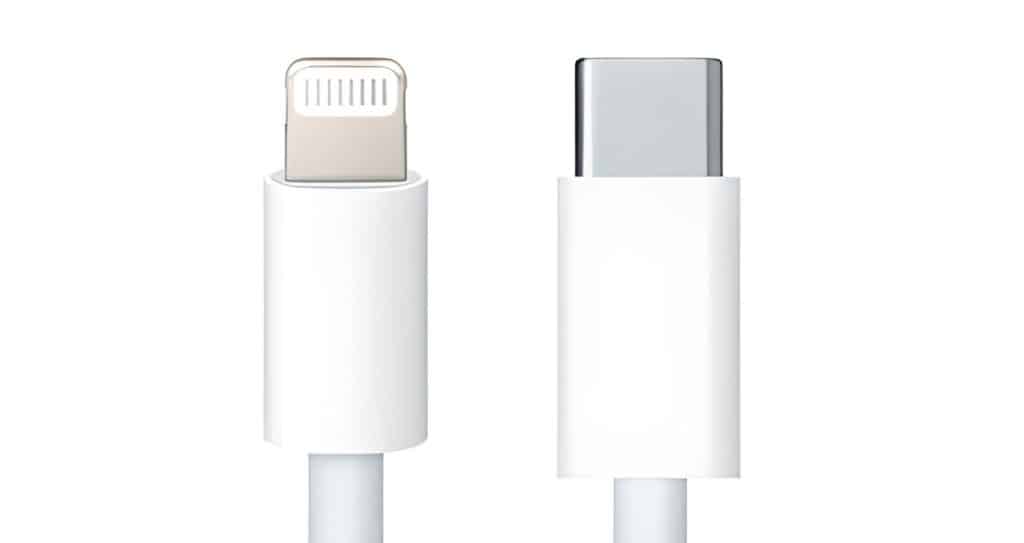
Apple is generally known for its minimalist quality of life features. While it has admittedly pushed the pedals on the notion of seamless connectivity between devices, the lack of input/output ports has made it needlessly complex. So, in times like these, it’s best to resort to a more holistic approach, i.e., USB C To Lightning conversion.
This works by translating and essentially converting the data signals pertaining to one protocol to another. Since both USB C and Lightning headers are just ways of transmitting data, you’d be good to go as long as you can find a device that does the conversions for you.
Connecting USB C Headphones To iPhone

Principally, you just need to find the correct device and plug the relevant wires in. There are little to no software complications since everything is supposedly ‘plug and play’.
Unfortunately, life is not a bunch of roses, and due to the low demand, there’s no official converter that could work its Apple magic. Therefore, you’d need to bear the brunt of scurrying your way through the endless hordes of ‘apple-compliant’ devices on Amazon.
Finding The Device
Now, waiting for weeks – just to get a faulty or incompatible adapter isn’t really the way to go. There are a lot of converters that market themselves as ‘compatible,’ yet – somehow, they don’t work. And, even if they do, there’s a high chance of issues popping up while performing the very task they were built for.
Thus, we’ve mentioned a few recommended adapters, so you don’t have to dive into that rabbit hole:
- DD TC28I: This is a short On The Go adapter that possesses a built-in signal encoder and decoder. It essentially allows the USB C connection to be translated into Lightning.
While you won’t be able to use it for charging and vice versa, It still performs its intended job as efficiently as possible. Plus, it’s made from CNC machined Aluminum, so there’s no need to worry about the device’s longevity and durability.
Since it has no wires, you can just leave it dangling on your USB C headphone cable. Despite the chunky design, the weight is only an estimated 4.7g, so there won’t be any damage to the cable due to tension.
- AVGEE: This converter serves a similar purpose – but with cheaper rates. You also get charging capability and a sleek design as a cherry on top.
However, it’s a bit on the lower end in terms of sturdiness. Plus, the existence of a cable means more needless wire webs for you.
Unfortunately, the AVGEE converter can be a hit or mix since it tends to work with a selective number of Apple Devices. If it’s the jam for your bread, then go for it – but if you’re not up for the added risk, then you’re better off with DDTC281.
These kinds of converters are generally hard to make due to low demand and high manufacturing complexity. Therefore, you’d have a hard time finding one of these in a physical tech store.
Why Do iPhones Have Lightning Ports?
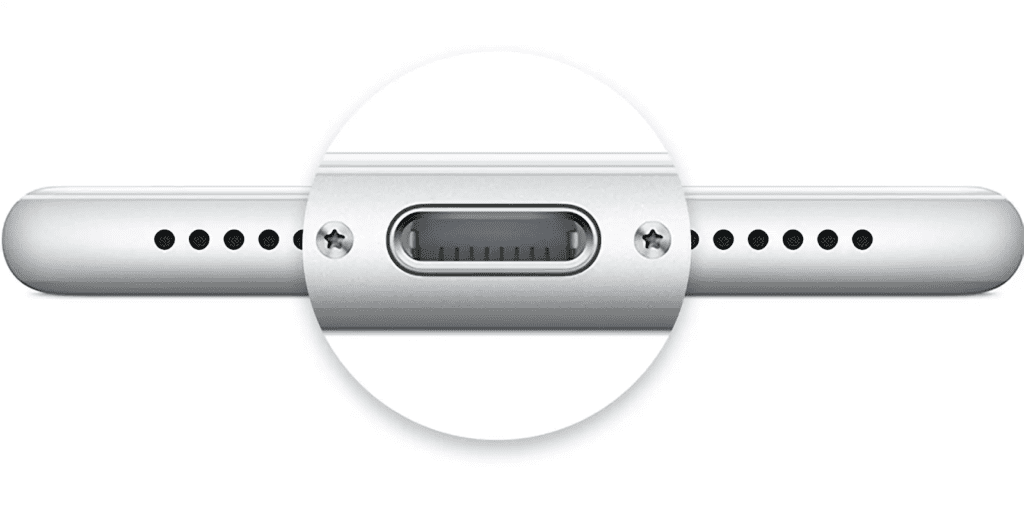
According to Apple, Lightning ports are already pretty wasteful. However, converting to USB C would require the previous chargers/devices to be discarded.
While that makes sense from a bulk manufacturing standpoint, consumers would only have to purchase new cables and adapters. Thus, there’s not that big of an impact – especially since the iPads and Macbooks shifted to USB C long ago.
Lightning ports are Apple-exclusive; therefore, it holds a certain monopoly over what kind of accessory gets produced and what doesn’t. Generalizing the port would bring in a tsunami of third-party competition. Thus, it seems like the Lightning port is here to stay for the time being.
Takeaway
In essence, you’d need a USB C (Female) to Lightning (Male) converter to make use of your headphones on an iPhone. Unfortunately, the accessory is pretty hard to come by since there’s no official solution. With that said, you’re generally good to go – given you’re willing to compromise a little bit on signal integrity.

